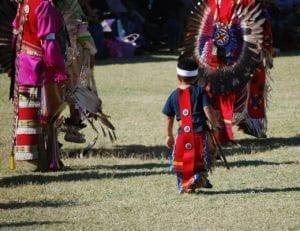Native American Myopathy (NAM)
What is Native American myopathy?
Native American myopathy (NAM) is a neuromuscular disorder that has been reported exclusively to Native Americans. The first reported case occurred in the Lumbee Indian population in North Carolina. Within this population, NAM affects one of every 5,000 people.
What are the symptoms of Native American myopathy?
Symptoms of NAM include:
- Weakness of the muscles
- Arthrogryposis (contracture and deformity of the joints)
- Kyphoscoliosis (spinal deformity)
- Short stature
- Cleft palate
- Ptosis (drooping of the upper eyelid)
- Susceptibility to malignant hyperthermia (severe increase in temperature and muscle contractions) when under anesthesia
What causes Native American myopathy?
This disease is inherited in an autosomal recessive pattern, meaning that both parents must pass down the gene in order for a child to have this disease. It has been associated with the STAC3 gene, which is responsible for a protein that is a component of the excitation-contraction machinery of the muscles.
How is Native American myopathy diagnosed?
One’s medical history, family history, symptoms, physical exam, and lab tests will all be looked at in order to make a diagnosis. Genetic testing will be conducted to confirm a diagnosis.
What are the treatments for Native American myopathy?
Treatment for this disease is symptomatic.




